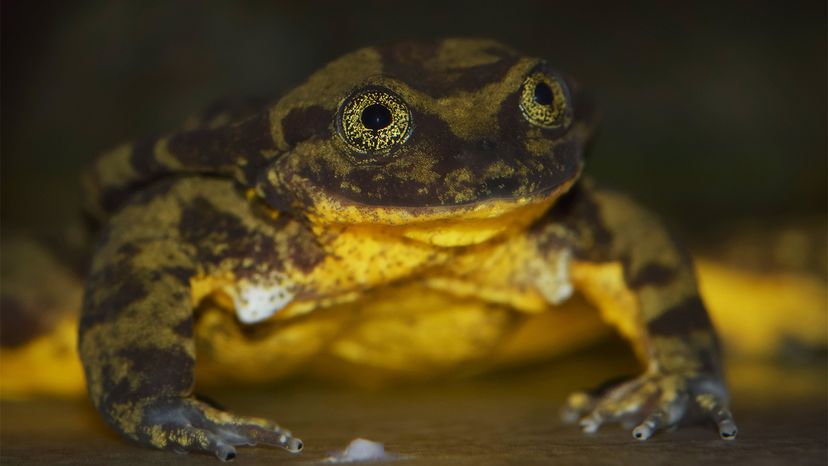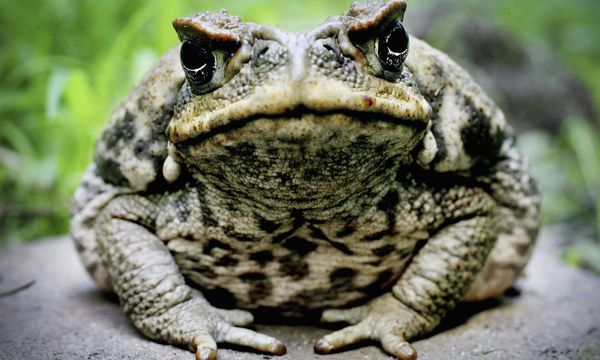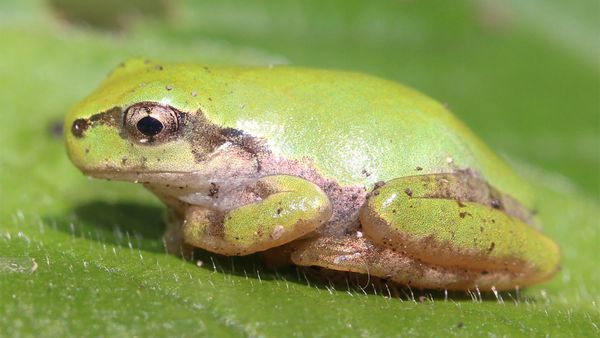
Romeo might be the only frog who has ever had an online dating profile. Not that it's a very good one. It begins thusly:
"Not to start this off super heavy or anything, but I'm literally the last of my species."
Advertisement
Let's face it: Most of us would swipe left on this, but, remarkably, Romeo has recently found a date. Maybe it was his captivating eyes and baggy skin that caught Juliet's eye, but let's be real — it was a team of researchers searching streams all over the Bolivian cloud forests that caught Juliet. At any rate, Romeo and his new girlfriend have a big job before them: saving the Sehuencas water frog (Telmatobius yuracare) from extinction.
Romeo has lived alone in an aquarium in his home country of Bolivia for 10 years, after having survived the collapse of his entire species, brought on by chytridiomycosis, a fungal disease that's devastating amphibian populations worldwide. Over the past decade, expeditions to find more of his species have trudged out of the jungle empty handed, and Romeo has been testing out his mating call less and less frequently as the years go by. Romeo's caretakers had begun to think they'd never find him a mate.
But in January 2019, not one but five Sehuencas water frogs — two females and three males — were found in a mountain stream that had been searched by frog detectives in the past. Because so few frogs were found and due to the degraded condition of the stream the tiny population was found in, the scientists decided to take all the frogs back to the lab, treat them for the chytrid fungus and try to breed them in captivity.
"Now the real work begins," Teresa Camacho Badani, chief of herpetology at the Museo de Historia Natural Alcide d'Orbigny, said in a press release. "We know how to successfully care for this species in captivity, but now we will learn about its reproduction, while also getting back into the field to better understand if any more frogs may be left and if so, how many, where they are, and more about the threats they face." Camacho Badani also is the leader of the expedition that discovered Juliet and the other frogs.
If you're interested in keeping tabs on how Romeo and Juliet's romance turns out, you're in luck: Romeo is very active on Twitter. (It's been a slow 10 years....)
Advertisement

